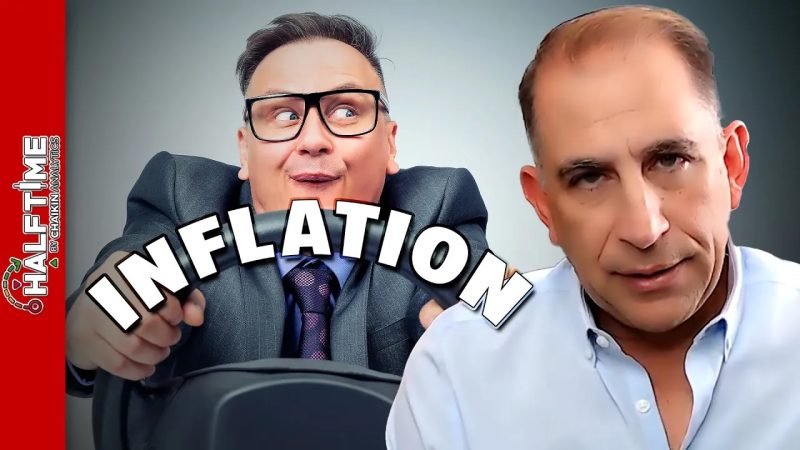The Halftime Show: Inflation Back in the Driver’s Seat
Inflation, the persistent increase in prices of goods and services over time, is once again taking the spotlight as it makes a grand entrance into economic discussions worldwide. With recent developments and concerns surrounding rising prices, it’s becoming increasingly clear that inflation is back in the driver’s seat and demanding our attention.
The global economy has been facing a myriad of challenges in recent years, including the ongoing pandemic, supply chain disruptions, and changing consumer behaviors. As a result, inflation has been on a rollercoaster ride, fluctuating and causing uncertainty within financial markets. The halftime show has begun, and inflation has taken center stage.
One of the main drivers behind the recent surge in inflationary pressures is the supply chain disruptions brought about by the pandemic. As businesses shuttered and production stalled, the global economy experienced a significant slowdown. However, as economies started reopening and demand began to rebound, supply chains faced bottlenecks, causing shortages and price increases in various sectors.
From essential goods like food and energy to non-essential items such as electronics and automobiles, consumers have been faced with higher prices across the board. The once stable and predictable costs of everyday items have become more volatile, leading to concerns among both individuals and policymakers. Rising inflation erodes purchasing power, making it more difficult for individuals and families to afford the same standard of living.
Another factor contributing to the inflationary pressures is the unprecedented levels of monetary and fiscal stimulus implemented by governments worldwide to combat the economic fallout from the pandemic. Central banks and governments injected trillions of dollars into their economies to support struggling sectors and stimulate consumer spending. While these measures were necessary to prevent an economic collapse, they had unintended consequences.
Massive government spending paired with low-interest rates and quantitative easing programs has fueled excess liquidity in the financial system. This excess liquidity, combined with increased consumer spending, has led to a surge in demand for goods and services, outpacing supply capabilities. When demand outstrips supply, prices naturally rise.
Inflation, once considered a relic of the past, has returned to the global stage with a vengeance. But why should we care about inflation? Rising prices can have wide-ranging effects on businesses, individuals, and economies as a whole. Businesses may struggle to maintain profit margins as they face increased production costs, leading to potential layoffs and reduced investment.
Individual consumers, on the other hand, may find it increasingly difficult to afford basic necessities or save for the future. Inflation erodes the value of savings, forcing individuals to spend more to maintain the same lifestyle. This can be especially detrimental to retired individuals living on fixed incomes.
When inflation spirals out of control, it can have severe consequences for economies. Hyperinflation, a situation where prices rise uncontrollably, can lead to economic collapses, social unrest, and political instability. While we are not yet at such extreme levels, the recent uptick in inflation should not be dismissed lightly.
Policymakers are facing the challenging task of taming inflationary pressures while ensuring the stability of their respective economies. They must carefully navigate the delicate balance between supporting economic growth and managing inflationary risks. Tightening monetary policies, reducing stimulus measures, and addressing supply chain bottlenecks are just a few steps being taken to tackle the issue.
In conclusion, inflation’s halftime show is well underway, with rising prices becoming a cause for concern globally. Supply chain disruptions, government stimulus, and increased consumer demand are all contributing factors. Understanding and addressing these underlying issues will be key in ensuring a stable and prosperous global economy moving forward. The curtain has risen, and it’s time to acknowledge that inflation is back in the driver’s seat.


